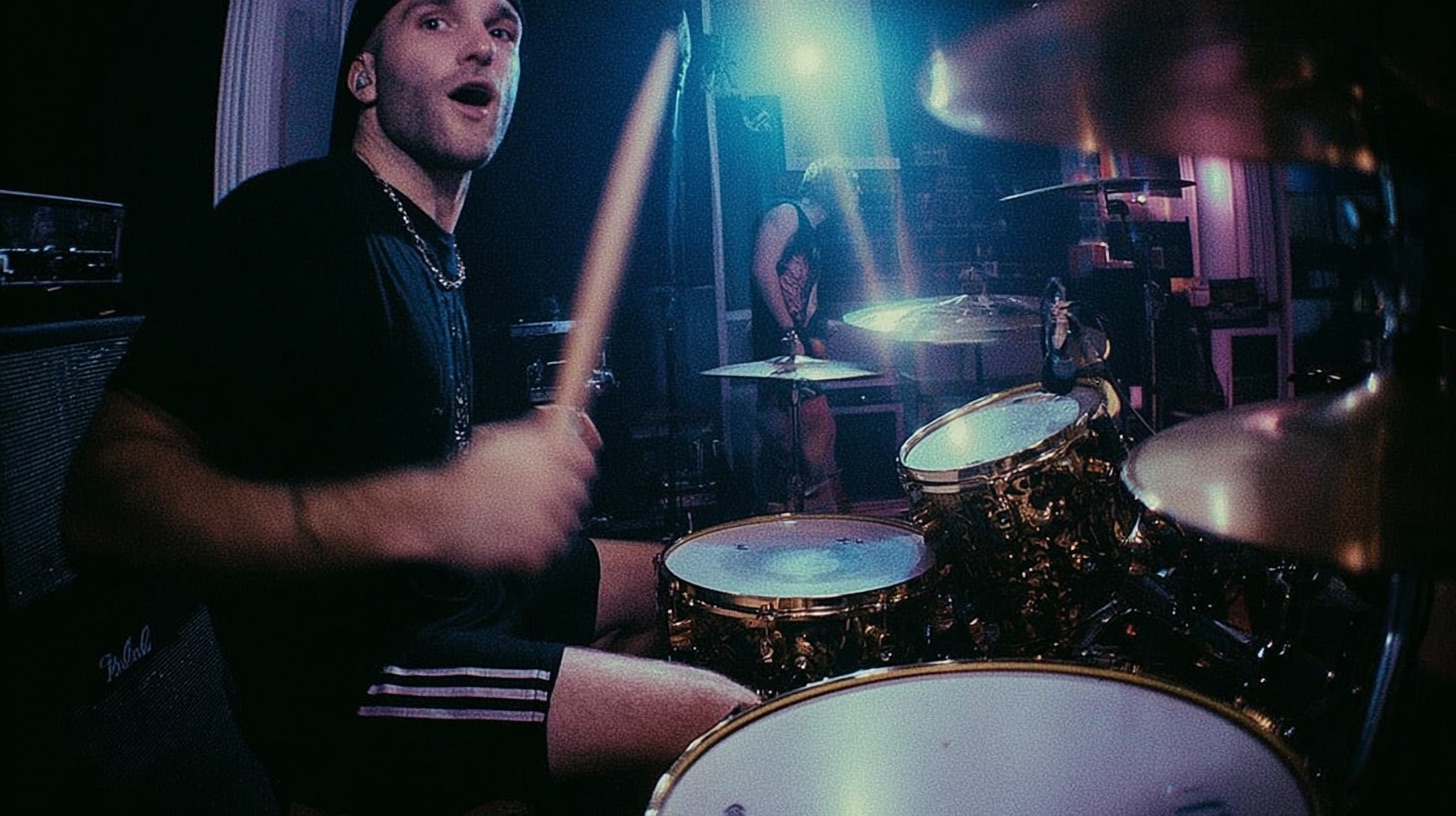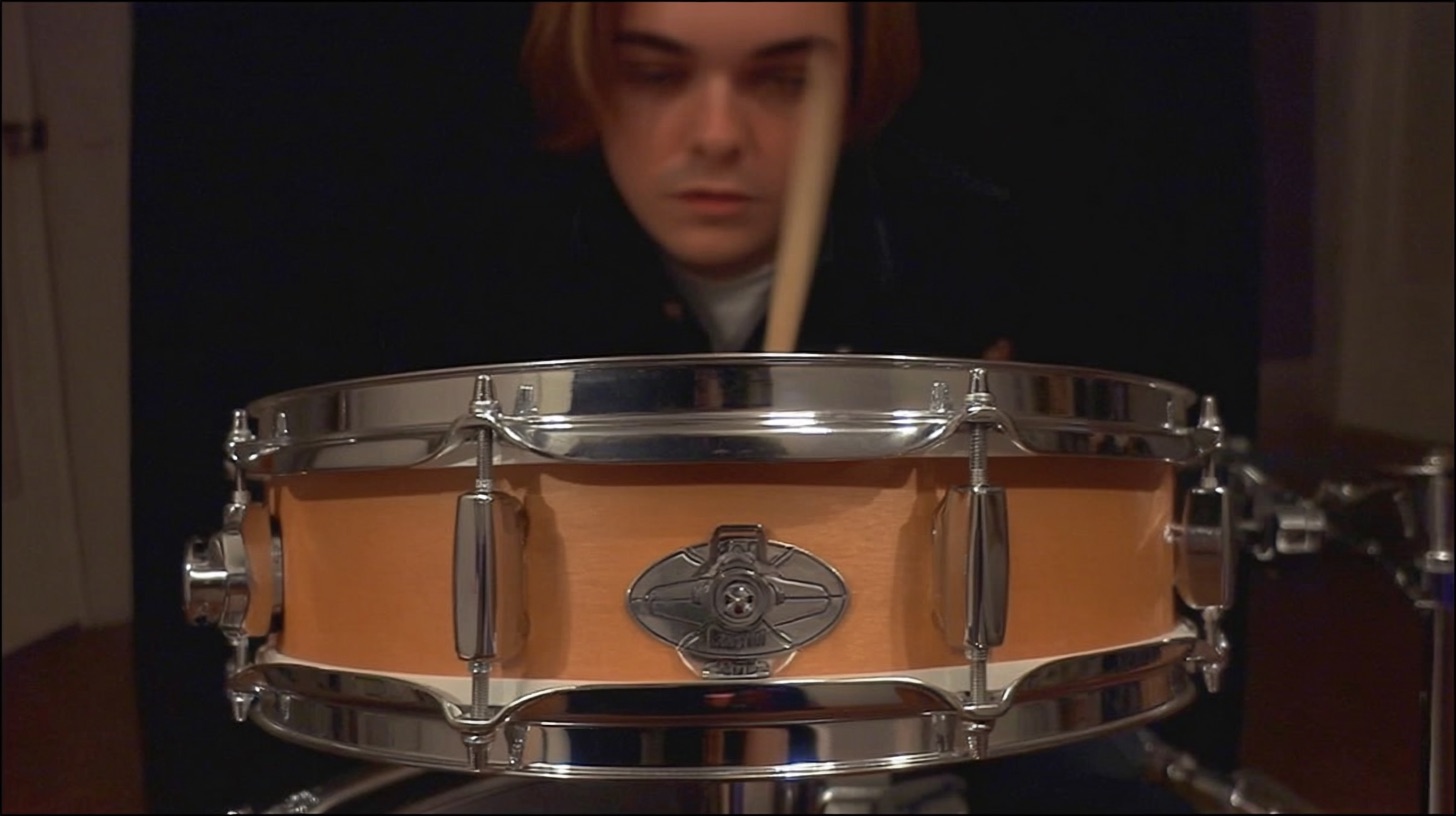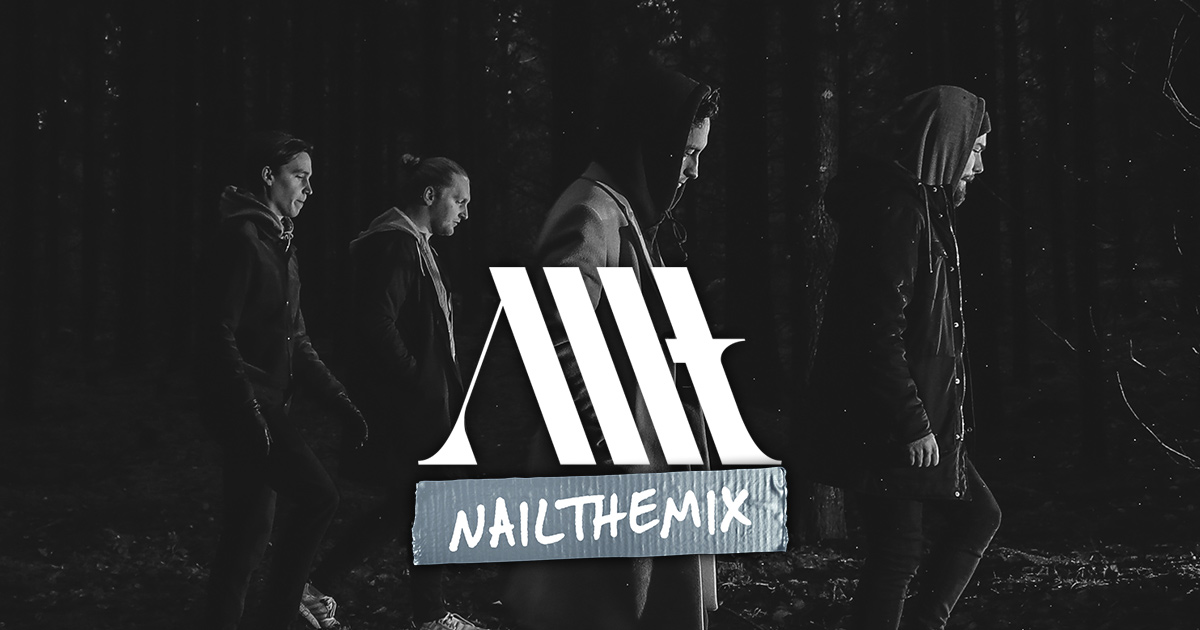
How To EQ Metal Kick Drums w/ Joey Sturgis
Nail The Mix Staff
Alright, let’s talk about something crucial for any metal mix: a kick drum that absolutely slams. You know the sound – it’s powerful, cuts through the densest riffs, and provides that gut-punching foundation. Ever wondered how to get your kick drums to that level? Legendary producer Joey Sturgis (the man behind the board for bands like Asking Alexandria, Of Mice & Men, and Emmure) recently dropped some serious knowledge bombs on EQing metal kick drums, and we’re here to break it down for you.
Forget just slapping a preset on and calling it a day. We’re diving into a methodical approach that will help you dominate with your kick drums. This isn’t just about random knob-turning; it’s about understanding why you’re making EQ moves.
The Ground Rules: Kick EQ Ain’t One-Size-Fits-All
First off, Joey emphasizes that not all kicks are created equal. Some are short, snappy bursts. Others have a long, boomy decay, almost like a tom. You’ve got metallic, synthetic-sounding kicks, and then you have more organic, woody, or round ones. Each of these demands a unique EQ strategy. Trying to apply the same EQ curve to a clicky, sample-replaced kick and a vintage, resonant live kick? Not gonna fly.
The whole game with kick drum EQ is balance, often working hand-in-hand with the basics of compression. It’s super easy to mess it up:
- Too much treble? Your kick will sound thin and weak, losing all its power.
- Too much bass? Hello, mud city. Your low-end will be a swampy mess.
- Overly scooped mids? You’ll end up with a hollow, artificial, almost alien-like sound.
- Too much warmth (low-mids)? Get ready for that lovely “cardboard box” thud.
What we’re aiming for is that sweet spot – just the right amount of everything to make that kick drum sound perfect in your mix.
Joey Sturgis’s 3-Step Kick EQ Assault Plan
Joey lays out a super simple, yet incredibly effective, three-step process for tackling kick drum EQ. He demonstrated this using Cubase with a kick sample from the Amir track “Flag of the Beast” (a session from Nail The Mix featuring Drew Fulk and Jeff Dunne).
Step 1: Seek and Destroy Problems
Before you even think about boosting anything, your first mission is to eliminate any problematic frequencies. This could be anything from weird resonances, annoying rings, or boxy tones.
Joey’s go-to method?
- Grab a band on your parametric EQ (like the one in Cubase, or your favorite like FabFilter Pro-Q 3).
- Create a fairly narrow Q (bandwidth) and boost the gain significantly.
- Slowly sweep this boosted band across the frequency spectrum while the kick is playing in solo.
- Listen for any frequencies that jump out, sound harsh, ring excessively, or just feel “wrong.”
In the demo, Joey quickly identified a resonant “node” or overtone that was causing a distracting ring. He then used an EQ band with a relatively narrow Q to cut that specific frequency. The difference was immediate – the unwanted ring vanished, cleaning up the kick considerably. This “carving in solo” approach is key for surgical problem-solving.
Step 2: Sculpting the Click and Smack (Treble) – In Context!
Once the major problems are dealt with, it’s time to shape the high-end. This is where you dial in the “click” or “smack” that helps the kick cut through the mix, especially against fast guitars and cymbals.
Crucial tip from Joey: When adding treble, always do it while listening to the entire mix, not just the soloed kick. This ensures your adjustments serve the song and help the kick find its place, rather than just sounding good in isolation.
Step 3: Dialing in the Thunder (Bass/Low-End)
Finally, you address the low-end – the foundation of your kick’s power. This isn’t always just about boosting; sometimes, you need strategic cuts alongside your boosts to get it right. Joey emphasizes frequently bypassing your EQ during this stage. It’s a great habit to A/B your changes and ensure you’re actually improving the sound, not just making it different (or worse!).
A word of caution: It’s incredibly easy to go overboard with kick EQ. While you shouldn’t be afraid to make bold moves if needed, constantly monitor yourself. If it starts sounding ridiculous or overly processed, dial it back. Oh, and Joey mentioned a good habit: if you nail a kick sound you love, save that EQ setting as a preset in your DAW!
Decoding Kick Frequencies: A Deeper Dive
Joey stresses that while there are no unbreakable rules in mixing, we can establish general guidelines. Remember, EQ is always reactive to your source material and 100% relative to your mix. What works for a blazingly fast death metal track might be totally different for a mid-tempo rock anthem.
For a more structured approach, check out these EQ Strategies for Mixing Modern Metal.
The Anatomy of a Metal Kick EQ
Joey breaks down kick drum frequencies into three main zones:
- Low-End (Sub & Bass): This is where the punch and sheer weight of your kick lives.
- Mid-Range: Controls the warmth and body of the kick.
- Presence (Highs): This is all about the click and definition.
Additive EQ: The “Kick EQ Additive Attribution Table”
When you’re looking to boost frequencies to enhance your kick, Joey suggests thinking in these terms:
Sub (20Hz – 80Hz)
- Goal: Add fundamental weight and power.
- EQ Tool: Low Shelf.
- Q Width: Gentle slope. A shelf allows you to boost a range of low frequencies smoothly.
Punch (80Hz – 250Hz)
- Goal: Enhance the chest-thump and impact.
- EQ Tool: Parametric EQ.
- Q Width: Relatively Narrow. This allows for more targeted boosts to specific “punch” frequencies.
Warmth (400Hz – 1.5kHz)
- Goal: Add body and presence, preventing the kick from sounding too thin or scooped.
- EQ Tool: Parametric EQ.
- Q Width: Medium. Broader than punch boosts, but still focused.
Click (4kHz – 12kHz)
- Goal: Define the beater attack, helping the kick cut through.
- EQ Tool: Parametric EQ or High Shelf.
- Q Width: For a shelf, a gentle slope. For a parametric, a more broad Q is often preferred to avoid a “pokey” or unnatural sound.
Subtractive EQ: Cleaning Up the Gunk
When you need to cut frequencies to clean up your kick, the target areas shift slightly:
Rumble (20Hz – 80Hz)
- Problem: Excessive, uncontrolled sub-bass that eats headroom and makes the mix muddy.
- EQ Tool: Low Shelf (to gently attenuate) or a High-Pass Filter (with a very slow slope).
Mud (100Hz – 300Hz)
- Problem: The dreaded boxiness or boominess that clutters the low-mids.
- EQ Tool: Parametric EQ.
- Q Width: Narrow, for surgical removal of specific muddy frequencies.
Cardboard (500Hz – 800Hz)
- Problem: That cheap, thwacky, “hitting a cardboard box” sound.
- EQ Tool: Parametric EQ.
- Q Width: Medium.
Typewriter/Harshness (4kHz – 20kHz)
- Problem: An overly clicky, thin, or harsh “typewriter” attack, or general fizziness.
- EQ Tool: High Shelf (to gently roll off) or Parametric EQ (for specific harsh frequencies).
- Q Width: Medium to Broad for a shelf, potentially narrower for specific problem frequencies with a parametric.
Joey’s golden rule: Carve out things you don’t like in solo mode, but add things you do like in the context of the full mix. The more you practice this, the better your kick EQs will become.
Putting It All Together: The Amir Kick Example
Let’s revisit how Joey applied these concepts to the Amir kick sample:
- Problem Solved: He first soloed the kick and used a sweeping parametric EQ to find that nasty resonant “ring.” A narrow cut with his Cubase stock EQ zapped it instantly.
- Sub Control with a Shelf: To manage the sub frequencies, instead of a sharp parametric cut (which can sound unnatural in the low-end due to how close octaves are), he opted for a low shelf and lowered it slightly. This gently attenuated a broader range of sub frequencies, tightening things up without losing all the weight.
- Punch Boost: For adding low-end punch, he used a parametric EQ with a medium Q width to boost around the 60Hz area. He specifically warned against using a super narrow Q for boosting bass, as it can sound bizarre and unnatural.
- Natural Click Enhancement: For the click, instead of a sharp, narrow parametric boost (which can sound like an ice pick), Joey used a high shelf EQ with a very wide, slow slope. This provided a smooth, natural-sounding increase in the high-end, enhancing the click without making it harsh.
Take Your Metal Mixes to the Next Level
Mastering kick drum EQ is a massive step towards pro-sounding metal mixes. These techniques from Joey Sturgis provide a solid framework you can start applying right now in your DAW, whether it’s Cubase, Pro Tools, Reaper, Logic Pro X, or anything else.
While we’ve focused heavily on EQ, remember that a truly dominant kick drum often benefits from smart Metal Compression Secrets Beyond Just Making It Loud to control its dynamics and add even more impact.
Want to see exactly how producers like Joey Sturgis, Will Putney, Jens Bogren, and many more craft these sounds from scratch? At Nail The Mix, you get to be a fly on the wall. Every month, you receive the actual multi-tracks from huge metal songs and watch the original producer mix it live, explaining every single decision, plugin choice, and technique. If you’re serious about elevating your productions, seeing how the pros tackle challenges like kick drum EQ in real-world sessions is invaluable. For a taste of the comprehensive learning available, check out how you can Unlock Your Sound: Mixing Modern Metal Beyond Presets.
So, grab your favorite EQ, load up a session, and start experimenting with these kick drum domination tactics!
Get a new set of multi-tracks every month from a world-class artist, a livestream with the producer who mixed it, 100+ tutorials, our exclusive plugins and more
Get Started for $1





